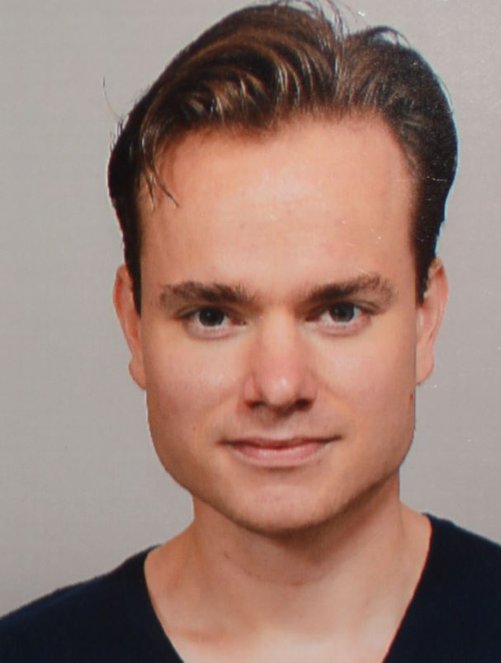development of a precision system for image-guided needle placement - from scratch to clinic
Advances in medical technology enable an ongoing transition from invasive, open surgery to minimally invasive diagnostics and intervention. In the field of oncology, percutaneous techniques have emerged in which biopsy and ablation of tumours are performed via a needle through the skin using image-guidance. X-ray CT-guided needle placement in the thorax and abdomen is conventionally performed freehand. The performance of this method is user-dependent and multiple iterations are generally required to achieve satisfactory placement. Tissue damage, patient X-ray exposure, procedure time and costs increase with each placement iteration. The objective of this research is the development of a precision system for CT-guided percutaneous needle placement in the thorax and abdomen to improve upon the freehand method. It covers the entire strategic, architectural and detail design and realization of a complete system from first idea to prototype, its technical verification, its integration in the intervention suite and its pre-clinical validation, up to its first deployment in clinical practise.

The state-of-the-art encompasses a wide variety of needle placement systems, from simple passive aids to fully automated robots. Despite the various attempted strategies, widespread clinical adoption of any system is lacking. A novel, patent pending system has been designed with a focus on clinical acceptability, applicability and usability. It provides a needle guide aimed by a 2-DOFs automated remote centre of motion (RCM) mechanism, connected to the CT table via a passive 6-DOFs linkage. The linkage enables a physician to manually place the RCM mechanism anywhere around the patient to coincide the RCM with the desired skin entry point and push-button lock it. The relevant anatomy of the patient and the system are CT scanned to acquire a 3D image, for automatic system-to-CT registration using incorporated fiducial markers, and for target specification and path approval in a graphical user interface. The needle guide is automatically aimed at the target, which is reached by a single manual needle insertion to indicated depth. Deceivingly simple in looks and usability, enabling the desired functionality and performance under requirements on X-ray transparency, size and shape, demanded resorting to unconventional solutions using ceramic and composite precision parts, remote actuation via endless Dyneema cables, fibre optical encoders, carbon nanotube electrical circuits and a pneumatic-hydraulic locking system, all customized and confined in a compact design.
In a comparative phantom study involving two experienced physicians, the performance of the system's guided method was proven superior to the freehand method in every aspect: successful needle placement was consistently achieved in a single insertion, with lower geometric placement errors, fewer CT scans, lower radiation dose and shorter placement time. The output of this research is a fully functional system, currently proving its merits in clinical practise





